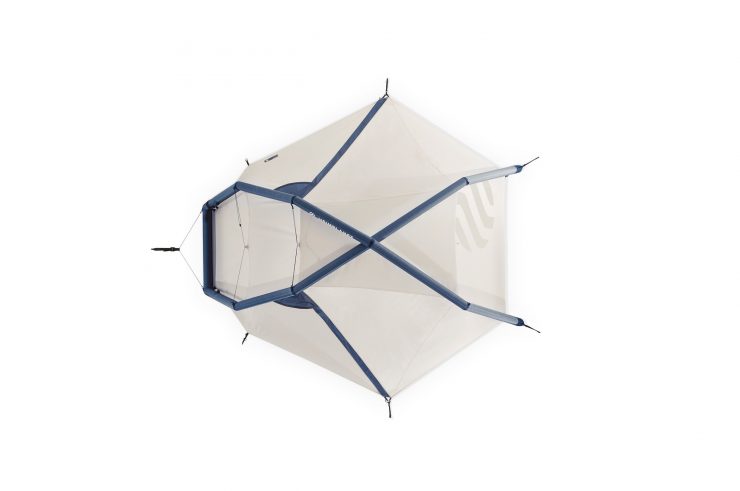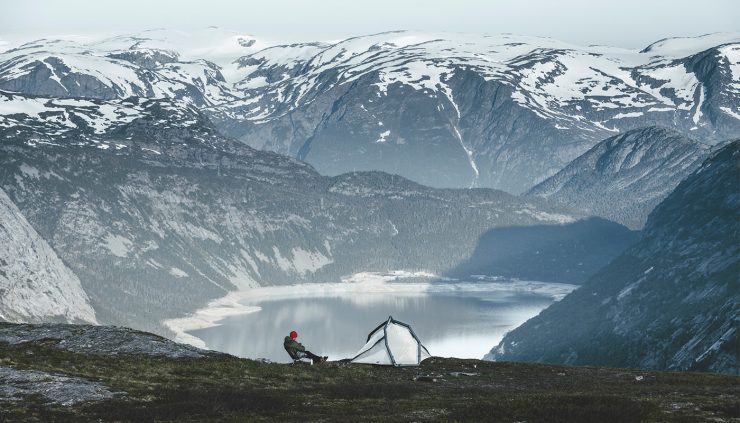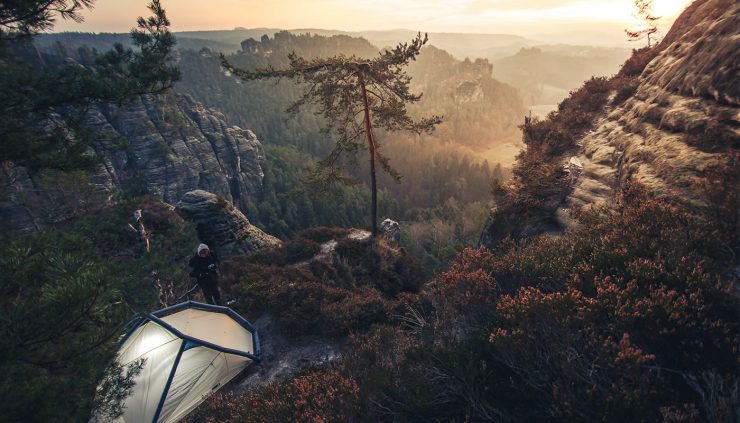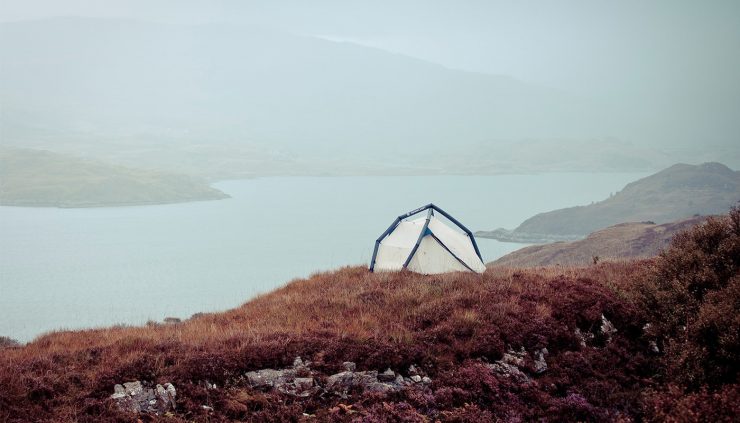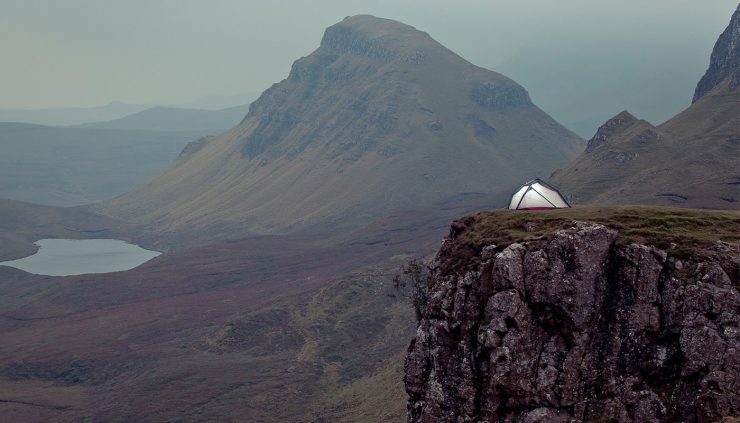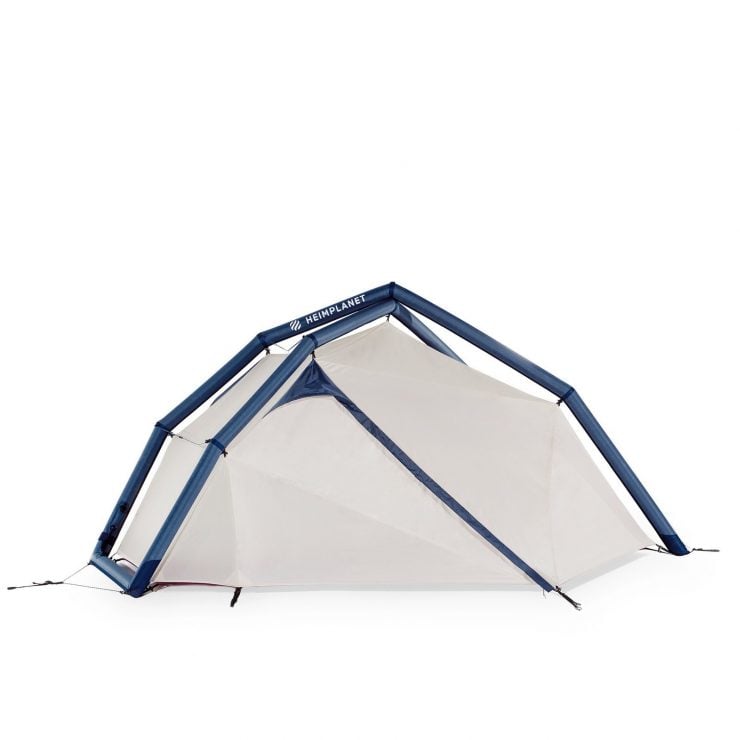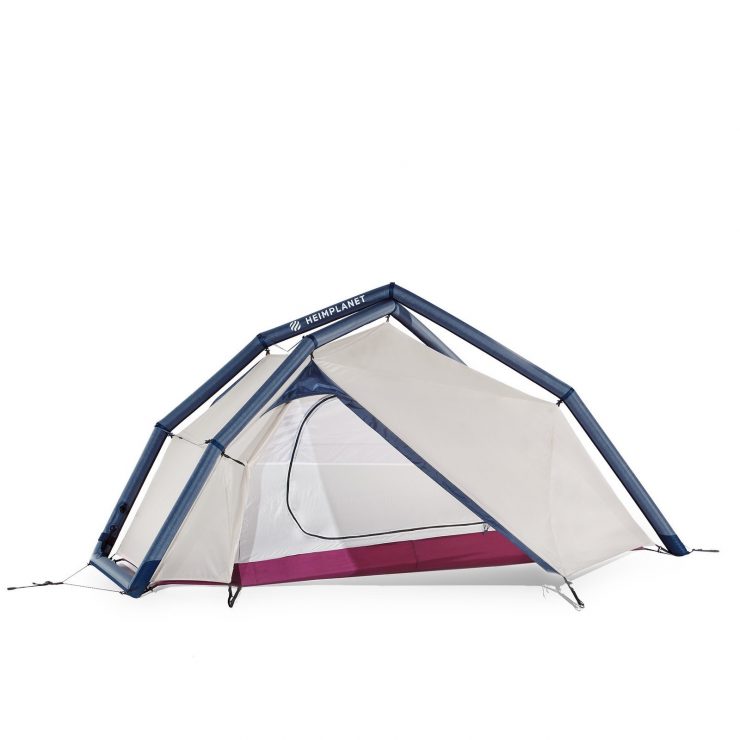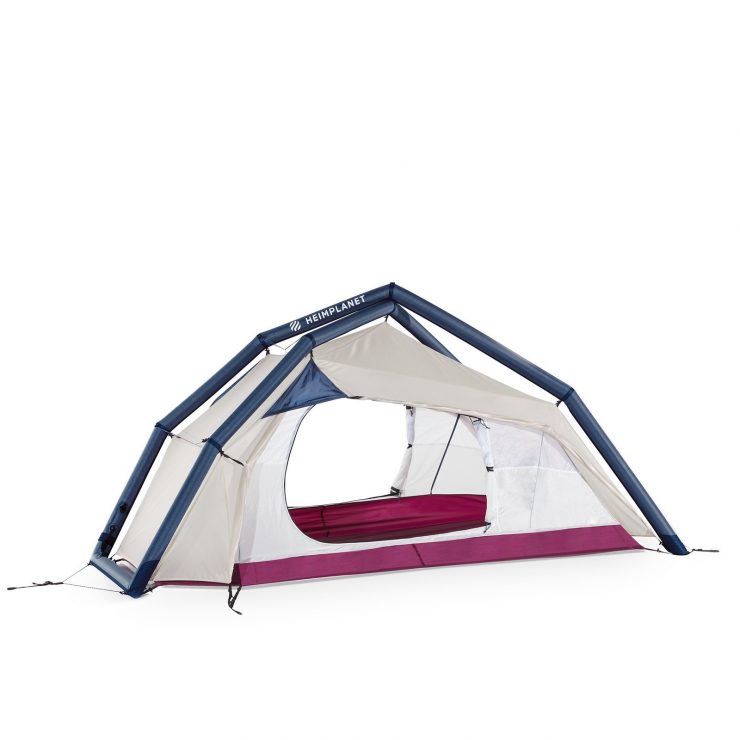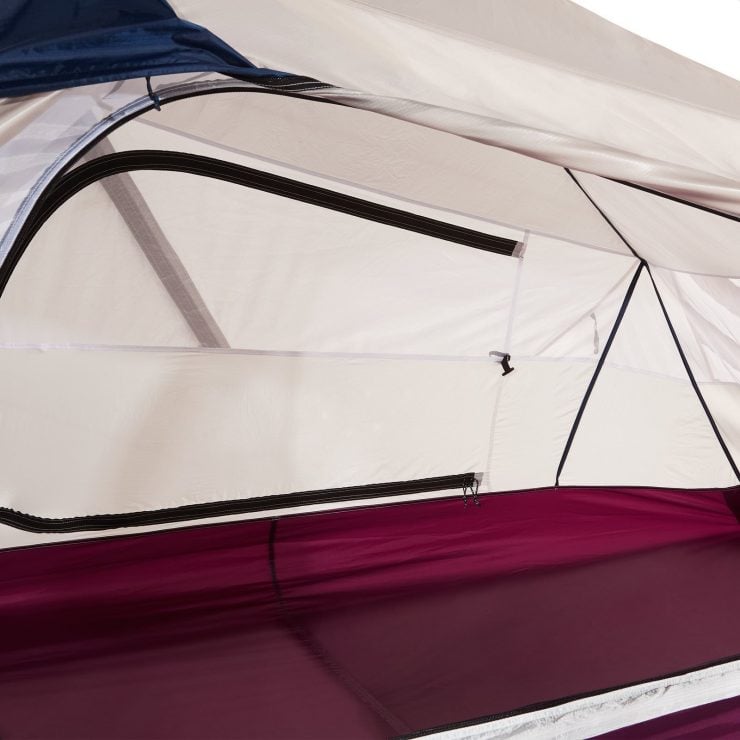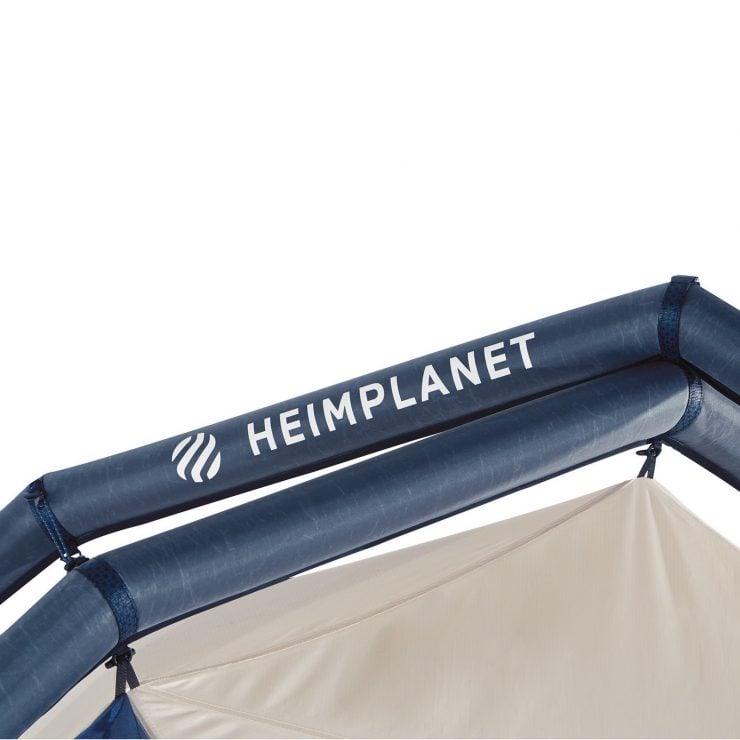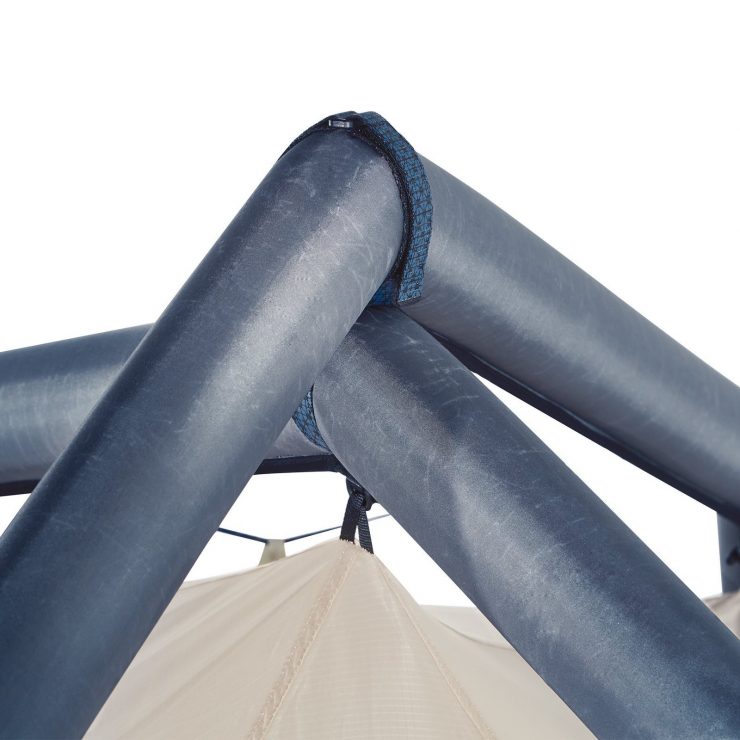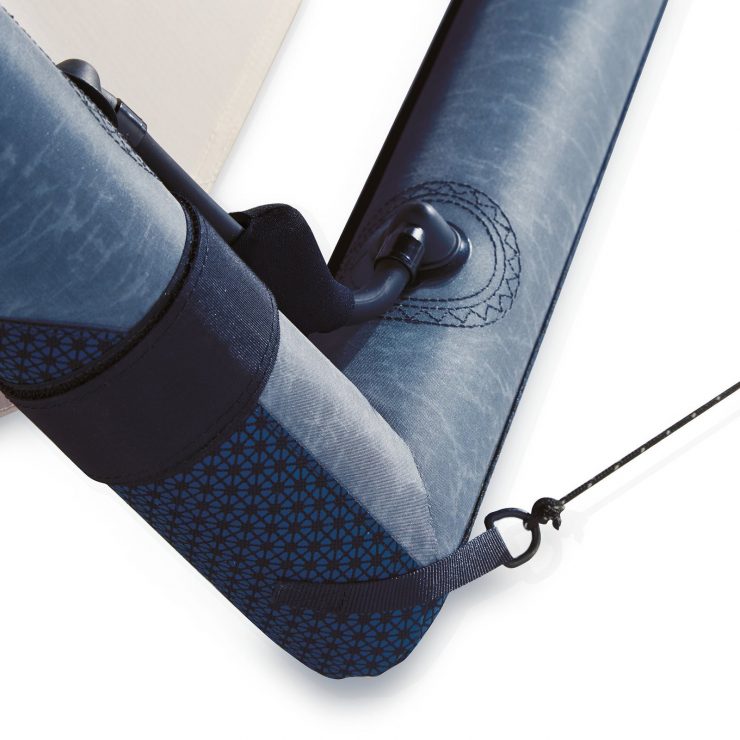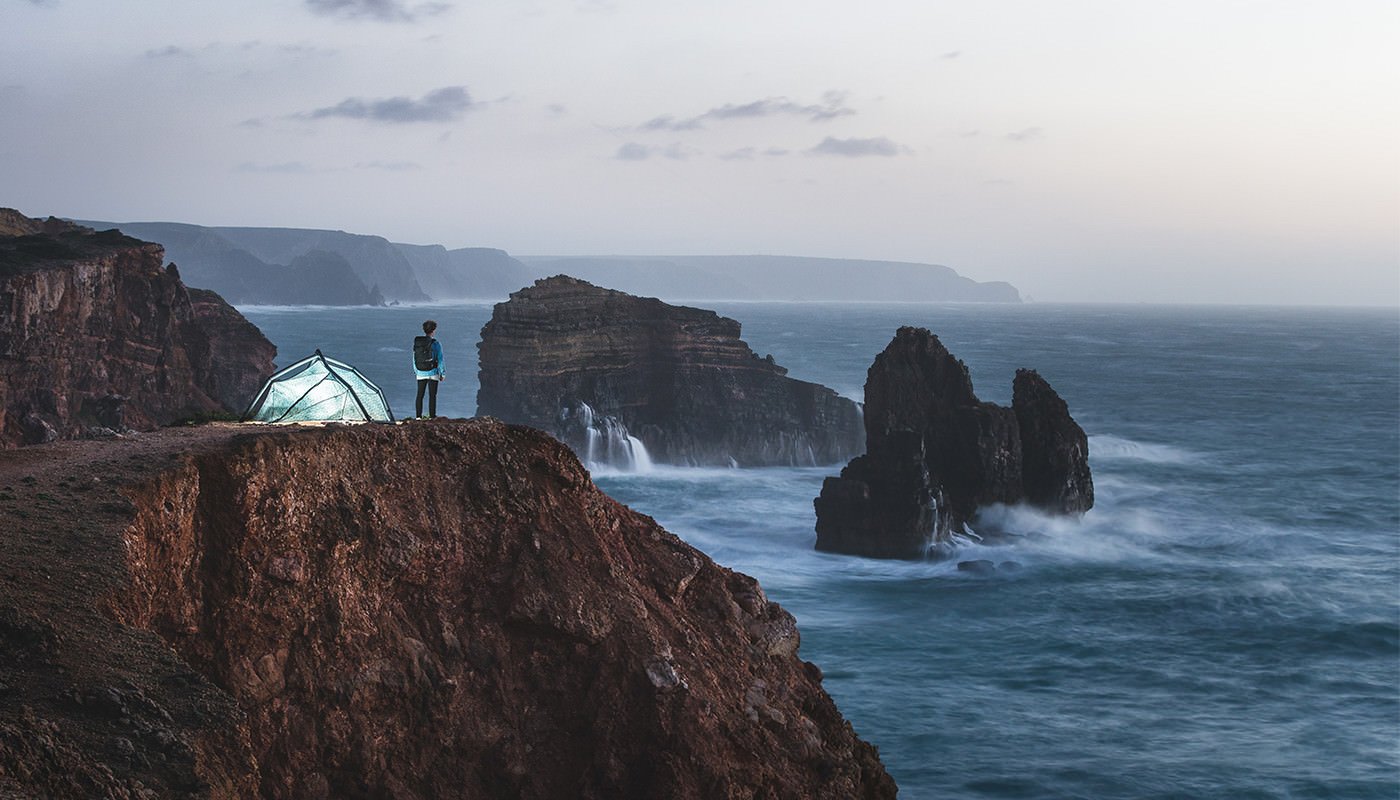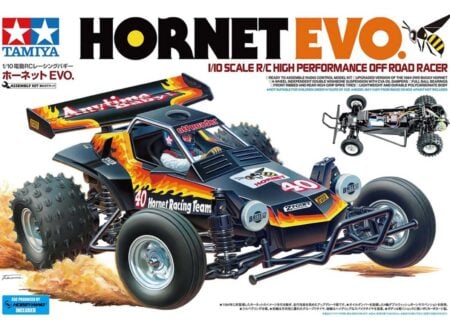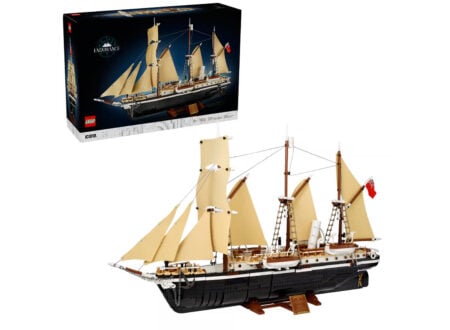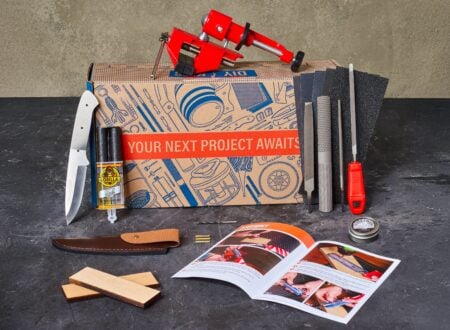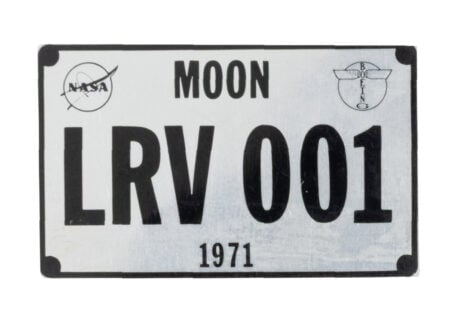The Heimplanet Fistral is a 2-person geodesic tent that tips the scales at an ultra-lightweight 2.5 kilograms (5.5 lbs), it manages to keep its weight so low by forgoing traditional tentpoles, and by using space-age materials throughout.
The Heimplanet Fistral Geodesic Tent
The main structure of the Heimplanet Fistral is made up of two beams, inflated by way of either a hand pump or an electric unit. Each beam is inflated separately, so that in the unlikely event that one fails, the other will keep the tent up.
Besides their low weight, the other great benefit of inflated beams is that they can withstand high winds and other inclement weather conditions remarkably well due to their flexibility, unlike with more traditional tents with metal or fibreglass poles that have a propensity for either braking or bending.
Internally the Fistral has two vestibules, one is the main compartment for sleeping, and the other is a small section for gear, bags, and cooking equipment. The outer layer of the main tent is an extra stiff and resistant polyester, and the inner layer is a flexible thermo-plastic polyurethane. The inner structure is a breathable 100% nylon 40D 210T ripstop fabric, connected to the ground sheet – a 100% nylon Tafetta 70D 210T, PU laminated 5,000mm water column.
The Heimplanet Fistral Weights And Measurements
The total ground area of the tent is 4.2 m2 (45 2feet), and the inner tent area is 2.9 m2 (31 2feet), with an internal height of 112 cm (44 inches).
When packed away the Fistral measures in at 34 x 20 x 20 cm (15 x 8 x 8 inches), making it ideal for use by hikers and adventure motorcyclists, and it comes with pegs, a repair kit, guy lines, a pack sack, a pump adapter, and a gear loft.
Heimplanet sell pumps separately as many already have them for pumping up mattresses etc, some also prefer very small hand pumps to save weight, and other prefer electric pumps that plug into vehicle cigarette lighters.
The two main color variations for the Fistral are classic (white with blue beams), or Cairo Camo (camouflage with dark green beams).
